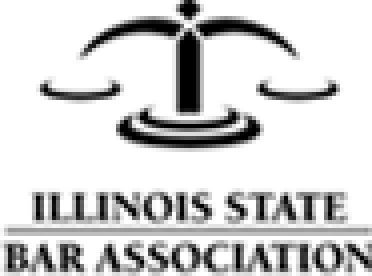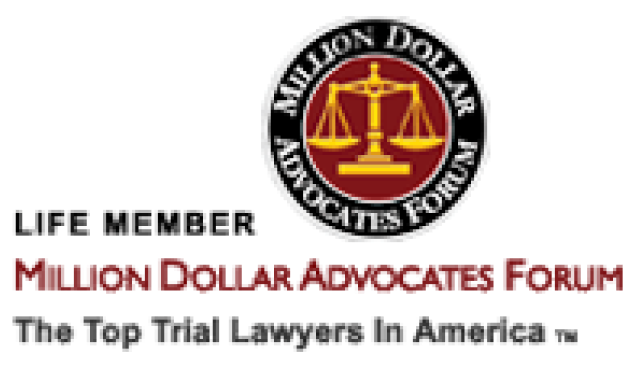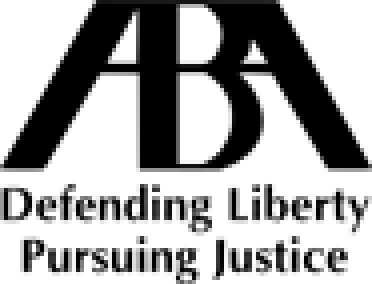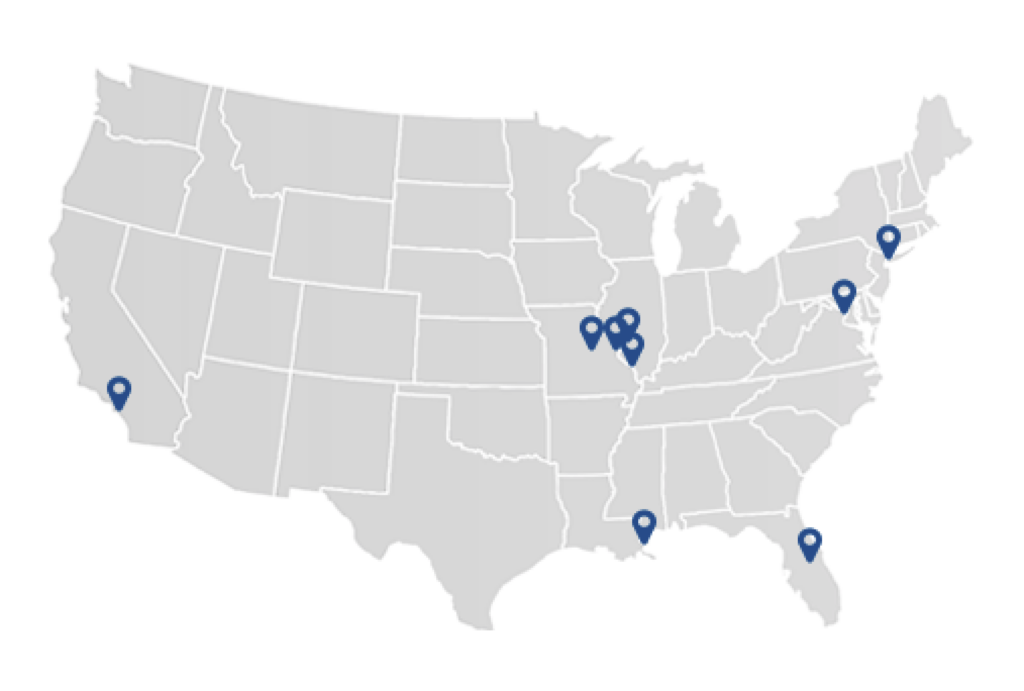When Was Asbestos Banned in the United States?
When did asbestos become illegal in the United States? While more than 60 countries have banned the mineral, it still hasn’t been completely outlawed in the U.S. However, a nationwide ban is closer than ever, thanks to a new rule finalized by the U.S. Environmental Protection Agency in 2024. Despite the known dangers of asbestos, it has taken decades to ban the mineral in all its forms.
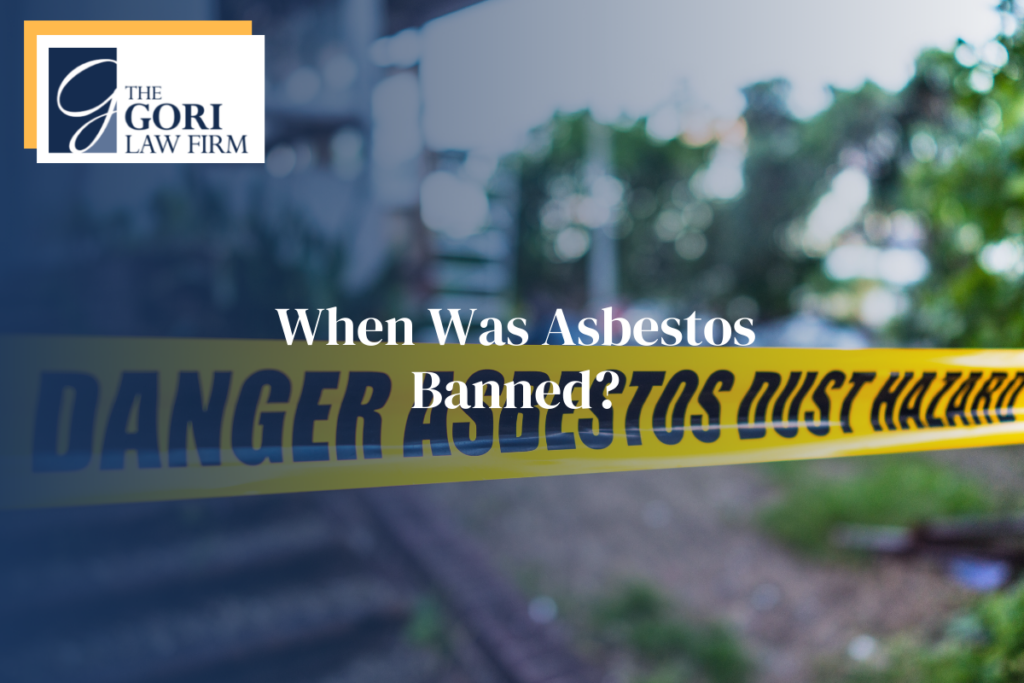
Home » Asbestos Exposure » When Was Asbestos Banned in the United States?
- Content last modified:
Is Asbestos Banned in the United States?
Over the past several decades, 60 countries worldwide have banned asbestos. However, the United States has never completely banned the toxic mineral.
U.S. lawmakers and regulators have imposed numerous significant restrictions on asbestos mining and use over the past several decades. In March 2024, the U.S. finally announced a ban on chrysotile asbestos, the last type of the material still being imported and used in the nation. However, the ban includes a phase-out period that will take several years.
When Was Asbestos Banned in the U.S.?
U.S. regulators have tried to push through asbestos bans for many years, but the measures have either failed or not been comprehensive.
In 2016, amendments to the Toxic Substances Control Act gave the EPA the authority to regulate and assess a variety of chemicals, including asbestos. The agency determined that chrysotile asbestos continued to pose an “unreasonable risk” even though it has limited use in only a few industries.
In 2022, the EPA proposed a final rule that bans chrysotile asbestos. The rule was under review until it became effective in early 2024. On March 18, 2024, the EPA announced a ban on the use of chrysotile asbestos, the last type of asbestos still imported into the U.S.
The latest asbestos ban does the following:
- Requires the development of workplace safety controls that protect workers as asbestos is phased out
- Immediately halts all chrysotile asbestos imports for the chlorine manufacturing industry
- Requires all industries still using asbestos to adhere to specific phase-out guidelines
The ban primarily addresses asbestos used in the oil extraction, chemical manufacturing, and nuclear waste management industries. According to the new rule, asbestos in oilfield brake blocks and other vehicle friction products must be phased out within six months of the rule’s effective date. Asbestos use in sheet gaskets must be phased out within two years. Chemical manufacturers may have up to 12 years to comply.
The new EPA rule marks the first time asbestos has been banned in this country in over three decades. “The EPA is so proud to finalize this long-needed ban on ongoing use of asbestos,” said EPA Administrator Michael S. Regan. With thousands of people dying from asbestos-related diseases annually, this new ban is critical to protecting workers and their families from this dangerous carcinogen.
Past Asbestos Ban Attempts in the U.S.
There have been many attempts to outlaw asbestos over the years. The following is a timeline of past efforts to get rid of this dangerous material in all its forms:
- Clean Air Act of 1970 – This was the first regulation to declare that all types of asbestos fibers are toxic substances. It established strict work practices to prevent asbestos exposure and banned certain types of asbestos products.
- Consumer Product Safety Act of 1972 – This regulation banned asbestos in wall patching compounds and artificial fireplace embers.
- Medical Device Amendments of 1976 – This law allowed the U.S. Food and Drug Administration to ban the use of asbestos-containing filters in the pharmaceutical industry.
- Toxic Substances Control Act of 1976 – This law gave the EPA the power to regulate how asbestos product manufacturers stored, packaged, handled, and disposed of asbestos-containing materials. However, regulators mostly relied on manufacturers to test their own products.
- Asbestos Information Act of 1986 – The AIA required that all industries still producing asbestos-containing products report certain information to the EPA.
- Asbestos Hazard Emergency Response Act of 1986 – The AHERA required public and nonprofit schools to establish procedures and protocols for inspecting, identifying, and removing asbestos that might endanger students, teachers, and staff.
- Asbestos School Hazard Abatement Act of 1990 – This legislation was aimed at helping state and local schools implement and maintain their asbestos abatement plans.
The Asbestos Ban and Phase Out Rule
The EPA issued the Asbestos Ban and Phase-Out Rule, or ABPR, in July 1989, which would have completely banned the importation, manufacturing, sale, and processing of asbestos-containing products. The EPA also banned new uses of asbestos, which would have forbidden new asbestos-containing products from being distributed after Aug. 25, 1989.
While the ABPR was the best attempt by federal regulators to make asbestos illegal, it didn’t last long. Industry representatives challenged it in court. The 5th U.S. Circuit Court of Appeals struck down major portions of the ban on Oct. 18, 1991. After this challenge, the court clarified that the ban could only apply to six categories of products that were not being imported, processed, or manufactured on July 12, 1989. This partial ban applied to:
- Specialty paper
- Corrugated paper
- Commercial paper
- Flooring felt
- Rollboard
- New uses of asbestos
Asbestos Exposure Remains a Danger for Americans
Is asbestos illegal in all its forms in the U.S.? Unfortunately, no. Some industries can still use chrysotile asbestos during the phase-out periods. In addition, existing asbestos installed before the bans still poses severe risks. The bans do not affect asbestos in existing construction and products. Thus, Americans are still at risk due to legacy exposure from old products and buildings.
Political and industry interests still oppose a comprehensive asbestos ban that would protect workers and their families. Meanwhile, many industries still have years to comply with the new ban, placing innocent lives at risk.
If you’ve been diagnosed with mesothelioma or another asbestos-related disease, you have the right to pursue full and fair compensation for your damages. At The Gori Law Firm, our attorneys are dedicated to helping victims navigate mesothelioma claims.
We have over 20 years of experience litigating mesothelioma claims and have recovered over $4 billion on behalf of our clients. Our client testimonials and case results speak for themselves. Contact us today to schedule a free, no-obligation consultation.
Speak with a Mesothelioma Lawyer Today.
Let Us Help You With Your Financial
Help & Compensation Options
Contact Us Today
Get your free case review 24 hours a day.
Fields marked with an * are required
CASE RESULTS





